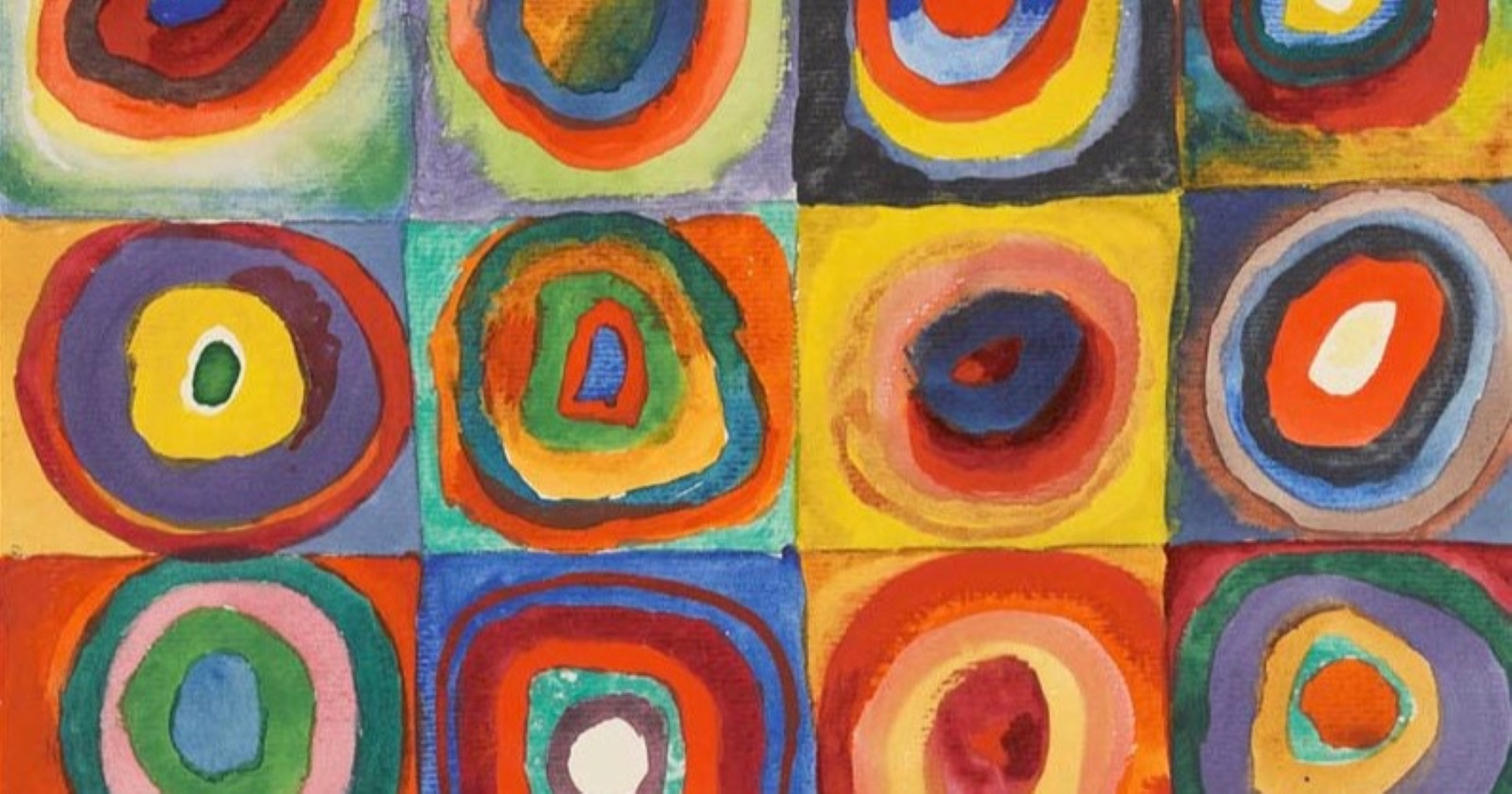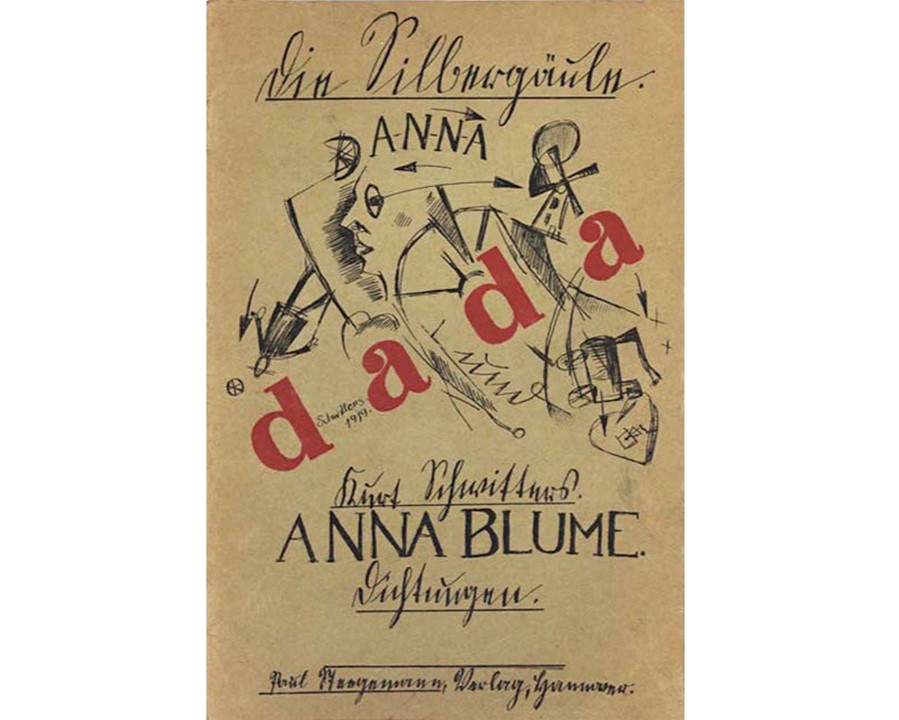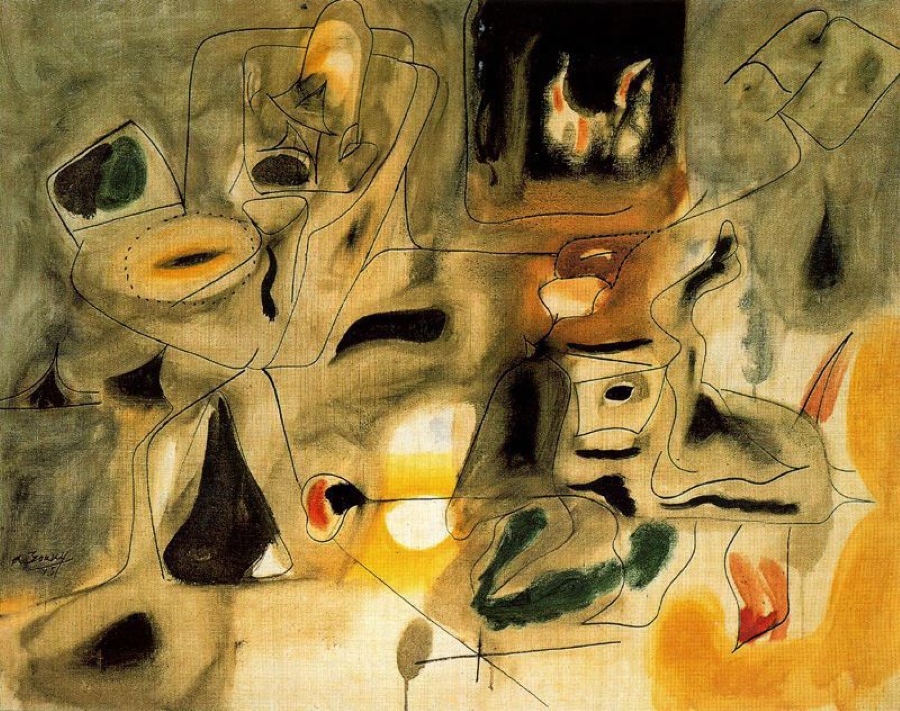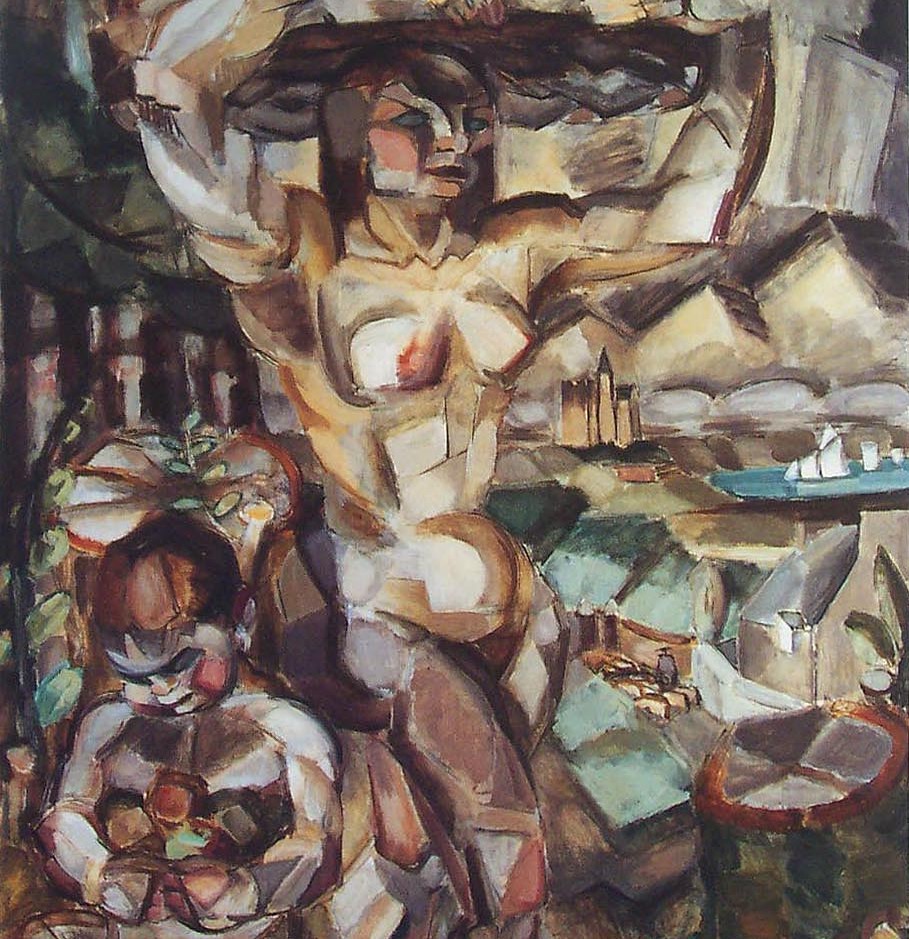
A collector’s guide: Exploring 20th-century art movements
In the 20th-century, the world experienced a wave of innovative art movements. There was no single dominant art style anymore such as Romanticism or Art Nouveau but rather a multitude of movements with different aesthetic values and techniques instead.
Here, we’ll delve into some of the key art movements of the 20th-century and the enduring impact they had on contemporary art.
 The Hungry Lion Attacking an Antelope, Henri Rousseau, 1905
The Hungry Lion Attacking an Antelope, Henri Rousseau, 1905Artistic expression amid turmoil
The turn of the 19th and 20th centuries was one of the most challenging periods in the development of European culture. World wars, social cataclysms, national conflicts as well as struggles of scientific and technical progress and changes in social traditions contributed to the versatility and inconsistency of cultural development.
In their quest for novel forms of artistic expression, artists of the 20th-century were confronted with changes in all aspects of their life and therefore sought new perspectives in art to reflect on contemporary struggles. They challenged the established art styles of the previous century and created an unprecedented number of coexisting art movements that expressed the current moods and aesthetics.
Diverse responses to transformative times
Each of these art movements responded uniquely. Some of the artists introduced new subjects or even expanded the boundaries of art, while others concentrated on the questions of colour or perspective and reshaped traditional techniques. Every artistic style that emerged in the 20th century carried its own indelible concepts and visual language.
Despite their distinctiveness, these art movements shared an intricate interconnection and sometimes the lines that demarcated them were blurred. But from fauvism and expressionism to conceptualism and pop art, there was a common thread: Breaking with the previous art traditions and rejecting some of their parts. Here we will look at some of the examples that exemplify this trend.
Cubism
Cubism is undoubtedly one of the foremost art movements that emerges when contemplating the artistic landscape of the 20th century. Cubists were decomposing three-dimensional objects into separate elements and then transferring them into a two-dimensional plane. Through this approach, they remarkably broadened the scope of visual perception, enabling the depiction of objects from multiple angles. This allowed for the portrayal of attributes inherent to objects that traditional techniques could not capture.
This movement appeared after the creation of ‘Les Demoiselles d’Avignon’ by French artist Pablo Picasso (1881-1973). Although this painting today is considered as a classic work of art, at the beginning of the 20th century, it shocked even Picasso’s close friends. It shows the most often used methods of cubism: the rejection of traditional perspective, foreshortening, modelling, and intimation of nature.
 Houses at L’Estaque, George Braque, 1908
Houses at L’Estaque, George Braque, 1908As is often the case in art history, the name of the movement appeared by chance. In 1908 the jury of the Salon d'Automne in Paris rejected George Braque’s (1882-1963) painting ‘Houses at L’Estaque’ (1908), and when one of the jury artists, French artist Henri Matisse (1869-1954) saw this work, he called it
a painting made of little cubes.
After that comment, other critics used this description for the new art movement and finally, it got its name.
Rejecting the traditions of figurative painting and declaring to create independent art realities, cubism opened the way to many other artistic and aesthetic movements of the 20th century.
 The Windows, Robert Delaunay, 1912
The Windows, Robert Delaunay, 1912Dadaism
Dadaism, or simply ‘Dada’, is an avant-garde nihilistic movement manifested mainly in painting and literature that originated in Switzerland during the First World War and spanned from roughly 1916 to 1924. This movement was a reaction to the horrors of war, the senselessness of the destruction of human lives. The main reasons for these events Dadaists thought were rationalism and logic. Therefore their fundamental values were cynicism, lack of aesthetics, rejection of standards, irrationality and disappointment and, of course, refusal of the traditional modes of artistic creation.
The name of the movement ‘Dada’ originated from a colloquial French expression for a toy rocking horse, although there are several assumptions about the name of the movement. According to one of them, Austrian writer Richard Hülsenbeck (1892-1974) arbitrarily stuck a knife in the dictionary, and the word that hit the point became the name for a new creative movement. Another version says that the word ‘dada’ was discovered in the dictionary by one of the founders of the movement, Tristan Tzara (1896-1963).
 The cover of ‘Anna Blume’ by Kurt Schwitters, 1919 © 2023 Artists Rights Society (ARS), New York / VG Bild-Kunst, Bonn
The cover of ‘Anna Blume’ by Kurt Schwitters, 1919 © 2023 Artists Rights Society (ARS), New York / VG Bild-Kunst, BonnDadaism was a groundbreaking art movement in that it diverged from the conventional pursuit of aesthetically pleasing art objects. Instead, its goal was to upend norms and raise difficult questions about the role of the artist and the purpose of art in the new world. A great example is the French artist Marcel Duchamp’s famous readymade sculpture ‘Fountain’ (1917) which he submitted to the French Society of Independent Artists, since they said they would accept any work of art as long as the application fee was paid by the artist. The sculpture was rejected however, and Duchamp resigned as a member of its board.
Dadaism defied the confines of a predetermined and recognizable style, instead embracing a penchant for collective collaborations that often happened spontaneously. The choice of the name 'Dada' seems fitting given its multifaceted connotations. Just as the term 'Dada' encompasses a range of meanings, the art produced under the Dadaist banner exhibited a remarkable diversity of forms.
Abstract expressionism
This art movement was the first major international art movement to originate outside Europe. It emerged in the late 1940s and quickly became the dominant movement of Western art in the 1950s. The concept of "abstract expressionism" is not a very accurate definition for the works that rank as it. This movement includes many different styles with different characteristics. However, despite the breadth of the concept, paintings in the style of abstract expressionism combine some features.
 Good Hope II, Arshile Gorky, 1945
Good Hope II, Arshile Gorky, 1945First of all, this movement rejects representation, instead embracing free, spontaneous and personal emotional experience mirrored in unrestrained technique. Artists of this movement also reject conditionally structured composition, which is built from individual elements, and replace them with a single, undifferentiated field. That is why the paintings are always so large.
Mark Rothko was an American artist who enchanted the world with his large and emotional works. One of the great examples is the Rothko Chapel in Houston, Texas. Under the terms of the contract, the artist could interfere with the layout of the building to place the paintings in the right positions where the viewer could feel their energy and immerse into the serene contemplative atmosphere of the chapel. Rothko once wrote that the main source of any art is ‘the tragic experience of catharsis’, that is why he is only interested in human emotions.Up close, these huge colourful paintings absorb the viewer evoking strong emotions from happiness to loneliness and fear.
 Abundance, Henri Le Fauconnier, 1910-11
Abundance, Henri Le Fauconnier, 1910-11Most of the artists of this movement lived and worked in New York which was at this time already famous for its huge network of museums and galleries that regularly held exhibitions of the most daring and controversial artists. Some art historians and critics think that abstract expressionism was one of the reasons why New York became the centre of Western art.
An enduring influence on contemporary art
Most of the principles of contemporary art are based on the inventions of 20th-century art movements. Dadaism revolutionised how sculptures were perceived while also redefining artistic techniques. Cubism showed a completely different view of perspective and colour in art. Abstract expressionism not only introduced ‘action painting’ but also propagated the idea of abstraction as a means to convey emotional impact.
The urge to depict the special character of contemporary life with its new dynamic of life and hopes for the future, conflicts and controversies led to the tight connection of art and life. Never before art was so tightly bound with real life and reflected such a vivid critical focus, rejecting traditions with such an irreconcilable character.
For more insights into the history of art, check out our sneak peak of the Borghese art gallery in Rome.
Credits for the Main photo: Color Study, Squares with Concentric Circles, Vassily Kandinsky, 1913
Photo Credits: © Wikipedia Commons
